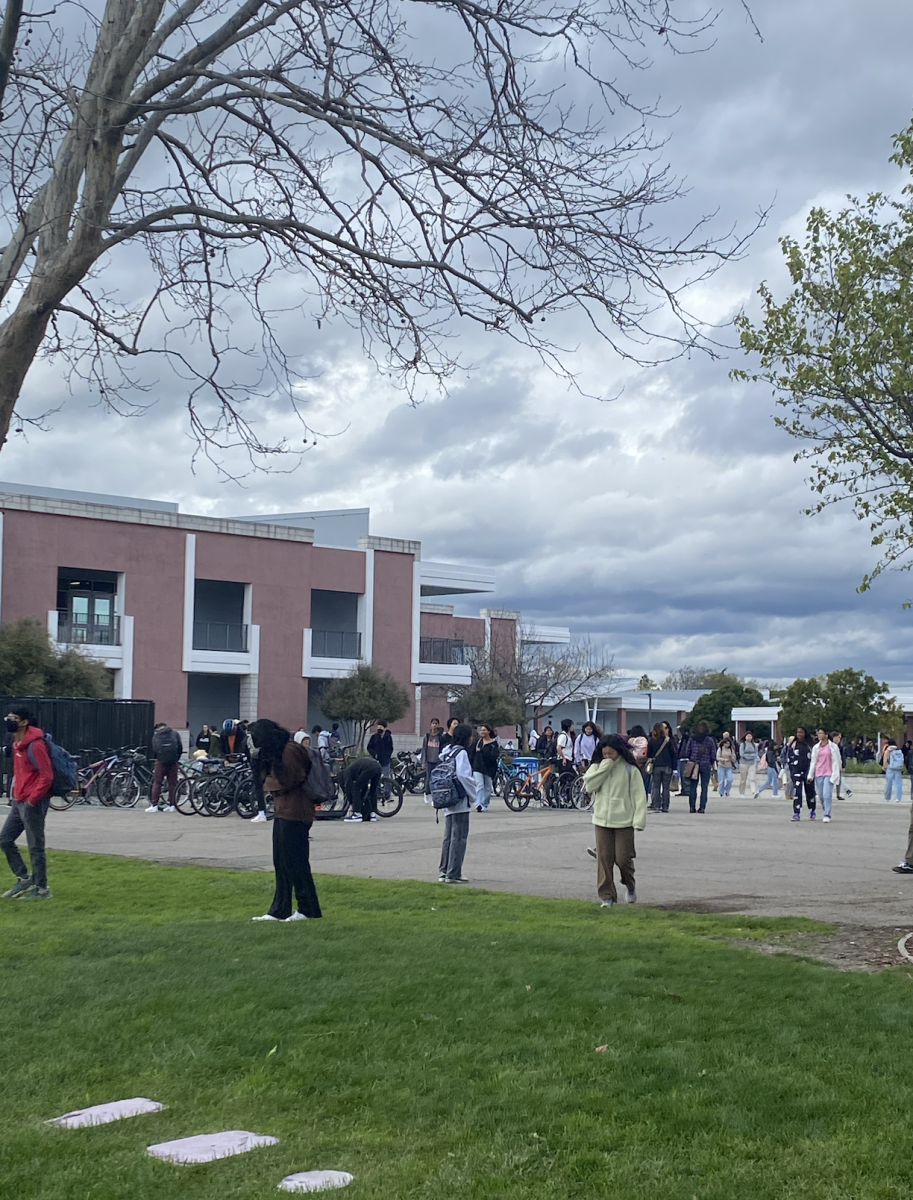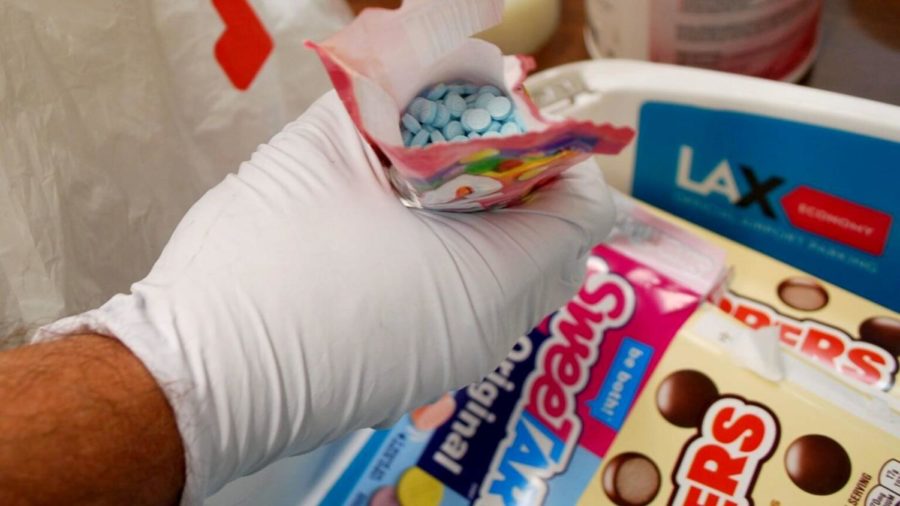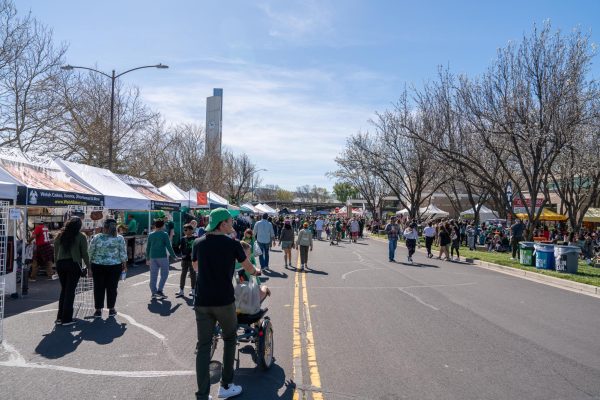Poisoned America
219 years. That is how long it has been since morphine, an opioid, was first extracted from opium. Since then, pharmaceutical companies have stood by the assertion that patients seldom get addicted to opioid medications. As a result, healthcare providers routinely prescribe opioids, resulting in the misuse of both prescription and nonprescription opioids.
In the 20th century, the second wave of opioids came in the form of diacetylmorphine. Once synthesized, diacetylmorphine was named “heroin,” or “heroic.” Called a miracle drug, heroin was marketed as more efficient and less addictive than morphine. However, in reality, it ultimately became more addictive as young Americans crushed heroin pills into powder in their backyards for inhalation or injection to elicit euphoria. Half a pill per dose turned into one. One turned into two, then five, and so on until even doctors who knew about its addictive nature would take forty pills a day.
Now, more than 932,000 people have died since 1999 from a drug overdose. The number of prescriptions for naloxone, a medication designed to reverse opioid overdose, doubled from 2017 to 2018. In the following year, 10.1 million people aged 12 or older misused opioids, and, in 2020, nearly 75% of the 92,000 drug overdose deaths involved an opioid. As Tanja Jacobs, the mother of prominent opioid overdose victim Romello Marchman who mistook cocaine for fentanyl, an opioid, concludes, “America is poisoned.”
The Cause of Addiction and Overdose
Legal or illegal, opioids are responsible for the majority of overdose deaths in the U.S. today. But, how do opioids cause such high levels of addiction? According to Mayo Clinic, while your personal history does play a role in determining whether or not you get addicted (poverty, unemployment, and past addiction can predispose you to opioid addiction), it is nearly impossible to predict who is vulnerable.
Nevertheless, there is a consistent scientific basis for opioid addiction: doctors describe opioids as “highly addictive, in large part because they activate powerful reward centers in your brain.”
Opioids trigger the release of endorphins, which muffle your perception of pain and boost your perception of pleasure. Whenever the dose wears off, you are likely to want those “good” feelings back, causing you to go back for more. However, over a long course of use, your body develops a tolerance for opioids, which causes people to increase their dosage.
Another factor contributing to addiction includes the methods of taking drugs, including crushing a pill for snorting or injecting. Such practices can easily lead to addiction or overdose. Also, gender seems to play a role as women are more likely to have chronic pain and, therefore, more likely to be prescribed opioids. According to the National Institute on Drug Abuse, women biologically are more likely to depend on opioids in comparison to men.
Opioids and COVID
Prior to the pandemic, fighting the third wave of opioids constantly made the headlines. However, attention naturally shifted as the pandemic overshadowed all media platforms. As a result, illicitly manufactured fentanyl and other synthetic opioids remained under the radar. To that end, these drugs became the primary driver of increases in overdose deaths, resulting in a 38.4% increase in overdose deaths in a 12-month period.
Due to the disruption of pre-pandemic life, withdrawal from these addictive substances hit hard. However, withdrawal is not the reason for opioid use disorder. According to Michelle Lofwall, M.D., professor of behavioral science and psychiatry at the University of Kentucky College of Medicine, studies repeatedly come up with one conclusion: “the vast majority of people who attempt to stop using opioids [who] stop medication treatment after just a few weeks or a few months are very likely to relapse … and losing tolerance without ongoing medication treatment can result in a deadly overdose even after a single use.”
Throughout the pandemic period, in addition to the risks of an opioid use disorder, there has been an increased risk of death by the virus itself. For instance, if a victim of opioid use disorder was outside on the streets in contact with drug dealers, there are more circumstances where the victim may contract the virus. In addition, people who use opioids at a relatively higher rate often face detrimental effects on their respiratory health. On the first level, opioids act in the brainstem, causing slow breathing. As a result, hypoxemia, or a lack of oxygen in the blood, will damage the victim’s brain. In the long term, chronic respiratory disease, which is often associated with opioid use disorder, further endangers the victim, especially in the presence of COVID-19. On the second level, other risks include health care and housing insecurity and incarceration, disrupting access to vaccines, and increasing exposure risk to the virus.
Some Current Regulations/Strategies for the Prevention/Treatment of Opioid Overdose
In response to the increased risk of overdose and the number of deaths corresponding to it, many programs throughout the U.S. are focused on mitigating the impact of opioid prevalence. This includes targeted naloxone distribution, Medication-Assisted Treatment, an educational approach, and a focus on the criminal justice settings.
Targeted Naloxone Distribution
Naloxone, an opioid antagonist that can quickly and safely reverse the fatal effects of opioid overdose, is distributed by trained and equipped individuals. Such individuals are chosen based on the prevalence level of opioids within a region. In Rhode Island, a pilot naloxone access project by Walgreens Pharmacy starting in 2013 seeks to increase the availability of naloxone.
Medication-Assisted Treatment (MAT)
MAT, an FDA-approved pharmacological treatment, uses methadone and buprenorphine, which activate opioid receptors. Counterintuitively, this helps reduce substance abuse, returning people to leading normal lives. This is because while it activates the opioid receptors, it does not create the usual sense of euphoria while preventing withdrawal symptoms.
Educational Approach
Detailing consists of programs led by trained professionals who would provide training and technical assistance to healthcare providers in order to ensure that the healthcare providers will utilize best practices.
Treatment Centers and Criminal Justice Settings
Those who are incarcerated or have been previously incarcerated are at higher risk of overdose. Thus the supervision of such individuals will be needed. In response to this need, naloxone distribution programs and MAT have trained those who are relatively in close contact with the individuals.
However, despite the presence of these protocols and regulations, opioid overdose and misuse are still on the rise, at least for now.
The Rainbow Terror
To our dismay, fentanyl is here. The third wave of opioids is sweeping through America. According to the DEA, it is 100 times as potent as morphine and 50 times as potent as heroin. A mere 2 milligrams is potentially lethal; that’s just five grains of salt. However, it is not only lethal but also one of the most addictive opioids.
Fentanyl is prevalent everywhere, from the streets to schools and medical offices. According to Kaiser Health, in the school district of Kyle, supplies of naloxone, Narcan, are provided. Already, in the first semester, four students had to be saved. According to the school district’s chief communications officer, Savoy, the “first responders had to use three doses to revive a student,” revealing how strong fentanyl is.
Lisa Peralta, on a Facebook post, shared that her daughter admitted to “eating an ‘anxiety gummy’ her friend gave her,” expressing her concerns about the fact that her daughter is a follower. Unfortunately, Lisa is not alone in her concerns.
This Halloween, similar to 1982’s Halloween with reports of deaths due to poisoned Tylenol and to 2011’s Halloween with its rumors of 9/11 threats in Halloween treats, social media platforms are flooding with the fear of fentanyl-laced candy, candy-shaped fentanyl, and plain fentanyl hidden in candy boxes. Such rumors may have spread due to many news outlets seeking to maintain their audiences by investigating an incident in an airport where drug dealers reportedly stuffed fentanyl into empty boxes of Legos and Nerds.
However, the Halloween sadism is unrealistic as drug dealers typically do not have the desire to give free fentanyl out. Still, Attorney General Ashley Moody warns of the dangers of rainbow fentanyl ahead of Halloween. Such fentanyl is stamped, colorized brightly, and laced along with other drugs in order to appeal to children and current heroin and cocaine users. The danger of fentanyl continues to cause morbid fear.
America’s Future
Opioids are in every street, every house, every city, every state, and everywhere in the U.S. Thankfully, there is research currently focusing on developing opioid vaccines. One research team in Houston is developing a vaccine targeting fentanyl, the drug responsible for the third wave of overdoses. Such a drug does not cross-react with other opioids. While this does mean one can still overdose on heroin and morphine, it allows many patients to still be treated for pain relief. In addition, there are heroin vaccines available, lessening the risk of drug abuse and overdose. If successful, this breakthrough could possibly bring an end to the opioid epidemic, preventing relapses for those who seek to break free from the poisoning.
Your donation will support the student journalists of Dublin High School. Your contribution will allow us to purchase equipment and cover our annual website hosting costs.



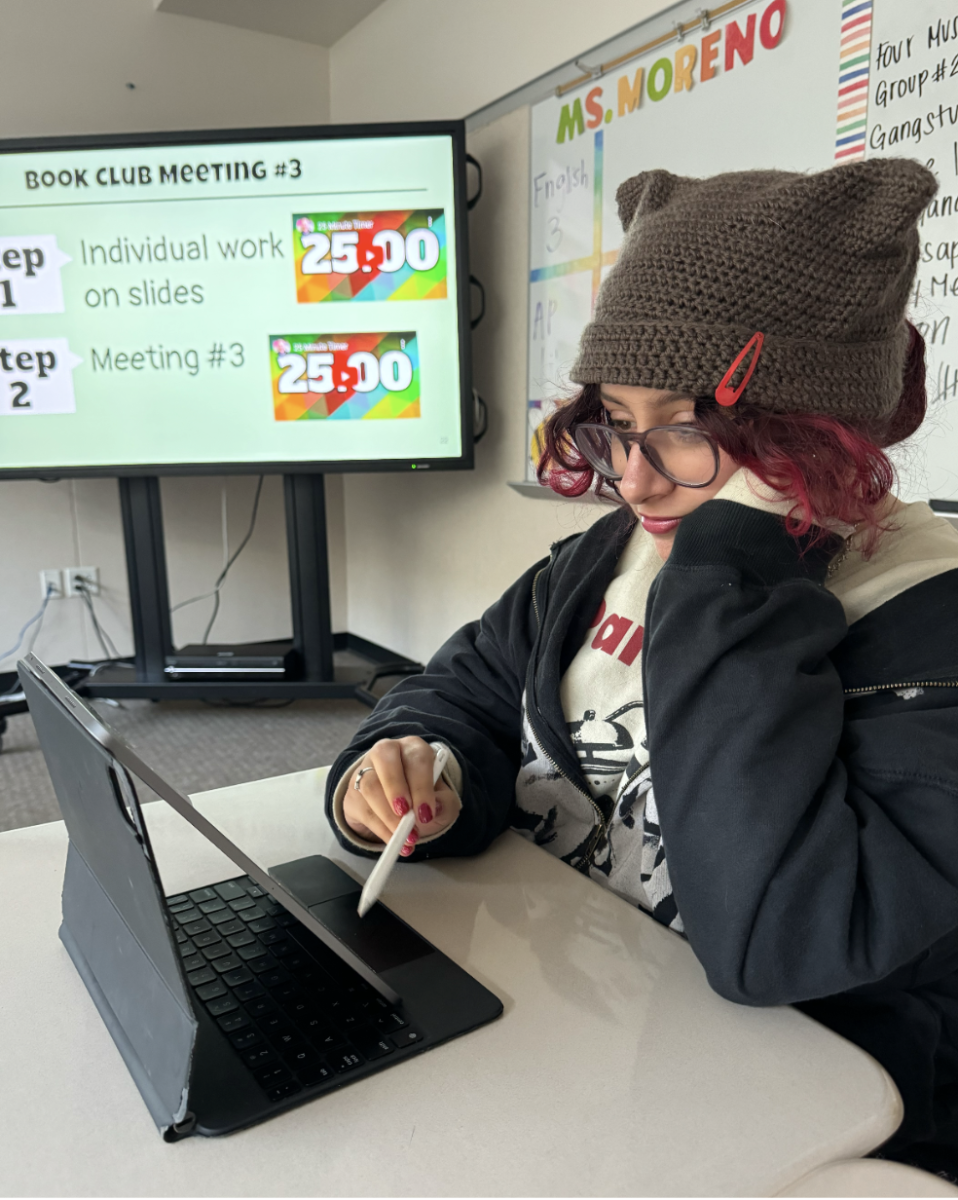
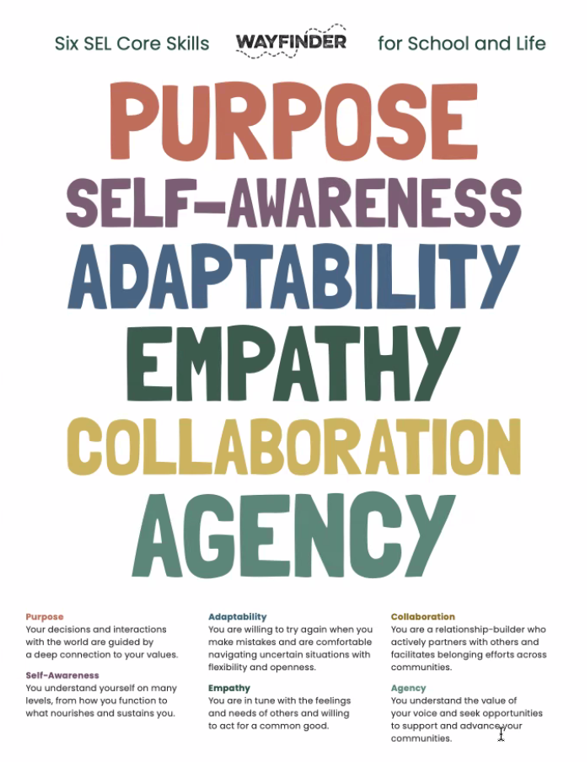




![[Book Review] Weapons of Math Destruction: The insidious danger of Big Data](https://thedublinshield.com/wp-content/uploads/2024/06/wmdsarticle-727x1200.jpg)





